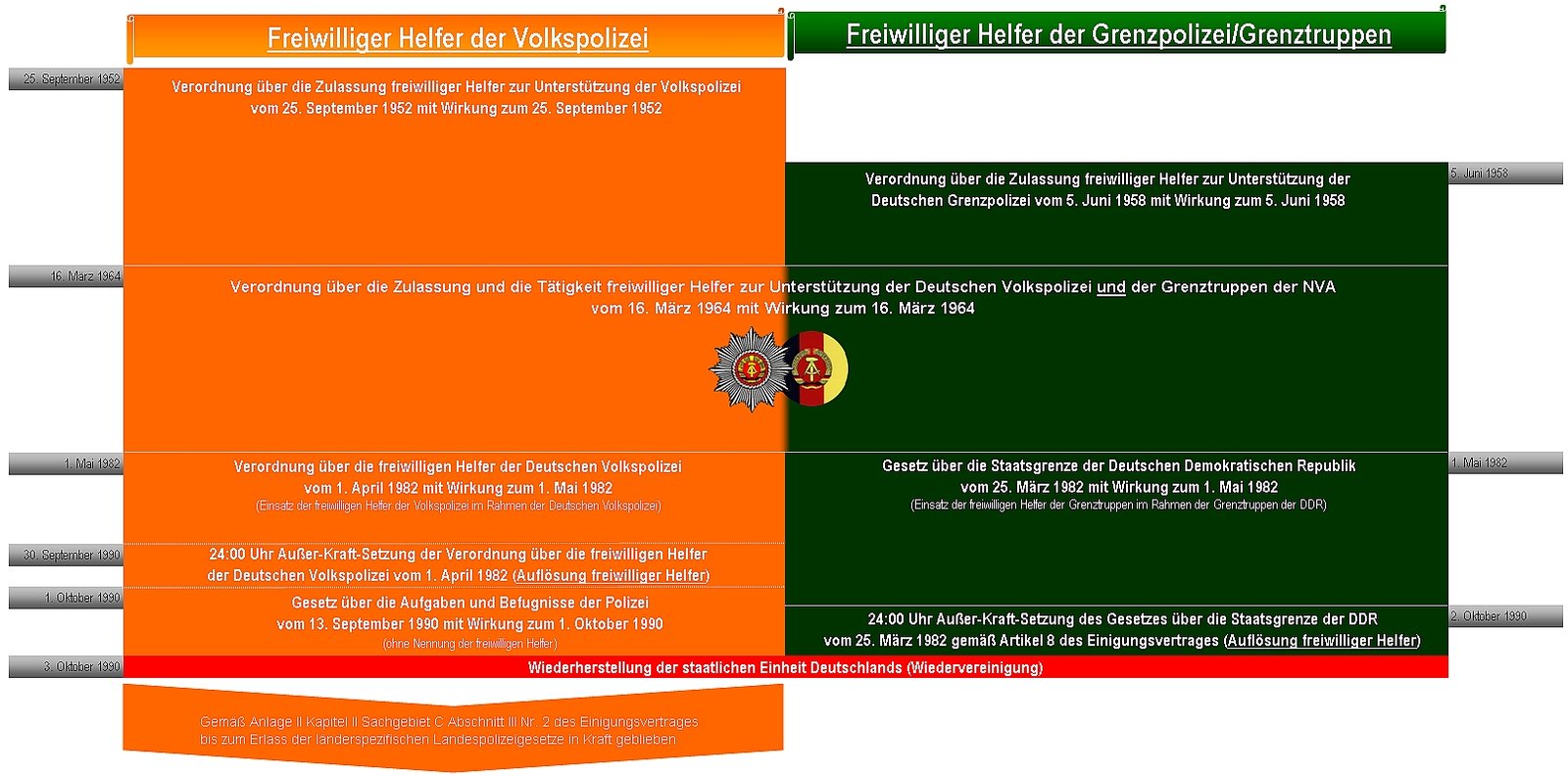Imagine a world where you effortlessly sail through your to-do list, accomplishing tasks with ease and grace. A world where you confidently prioritize your responsibilities, leaving no room for procrastination or overwhelm. Well, my friend, this world is not a distant dream but a tangible reality, thanks to the Eisenhower Matrix. This powerful tool, named after the 34th President of the United States, Dwight D. Eisenhower, has the potential to revolutionize the way you approach task management. By harnessing its simple yet effective principles, you can bid farewell to chaos and embrace a structured approach to prioritization. So, let’s dive into the depths of the Eisenhower Matrix and unlock the secrets to mastering task prioritization like a true productivity guru.
Table of Contents
- Understanding the Eisenhower Matrix: A Powerful Tool for Task Prioritization
- Identifying Urgent vs Important Tasks: Key Insights for Effective Prioritization
- Strategies for Quadrant 1: Tackling Urgent and Important Tasks
- Optimizing Productivity with Quadrant 2: Focusing on Important but Not Urgent Tasks
- Mastering Quadrants 3 and 4: Minimizing Distractions and Eliminating Non-Essential Tasks
- Q&A
- The Conclusion

Understanding the Eisenhower Matrix: A Powerful Tool for Task Prioritization
When it comes to managing our tasks and responsibilities, it’s easy to feel overwhelmed and unsure of where to start. That’s where the Eisenhower Matrix comes in. This powerful tool for task prioritization helps us gain clarity and focus by categorizing our tasks into four distinct quadrants.
Important and Urgent (Do First)
In this quadrant, we find tasks that require immediate attention and have significant consequences if not completed promptly. These tasks are both important and urgent, demanding our immediate action. It’s crucial to tackle them head-on and give them our full attention to prevent any negative outcomes.
Important but Not Urgent (Schedule)
Tasks in this quadrant are important but don’t require immediate attention. They contribute to our long-term goals and should be scheduled accordingly. By allocating time for these tasks, we ensure they receive the attention they deserve without being overshadowed by urgent matters. Remember, it’s essential to prioritize these tasks to avoid them becoming urgent in the future.
Urgent but Not Important (Delegate)
Here, we find tasks that demand immediate action but don’t contribute significantly to our long-term goals. These tasks can be delegated to others, freeing up our time and energy for more important matters. Delegating allows us to focus on tasks that align with our priorities and maximize our productivity.
Not Urgent and Not Important (Eliminate)
The final quadrant contains tasks that neither require immediate attention nor contribute to our long-term goals. These tasks are often distractions or time-wasters that can be eliminated from our to-do list. By consciously removing these tasks from our workload, we create space for more meaningful and impactful activities.
By utilizing the Eisenhower Matrix, we can gain a clear understanding of our tasks’ importance and urgency, enabling us to prioritize effectively. Remember, it’s not just about being busy; it’s about being productive and focusing our efforts on what truly matters.

Identifying Urgent vs Important Tasks: Key Insights for Effective Prioritization
When it comes to managing our daily tasks, it’s crucial to distinguish between what is urgent and what is important. While these terms may seem interchangeable, understanding their differences is essential for effective prioritization. Urgent tasks demand immediate attention, often with impending deadlines or time-sensitive consequences. On the other hand, important tasks contribute to long-term goals and have a significant impact on our overall success.
To help you navigate through the sea of tasks, here are some key insights to consider:
- Assess the consequences: Urgent tasks often have immediate consequences if not addressed promptly. Consider the impact of not completing the task within the required timeframe. On the other hand, important tasks may not have immediate consequences but can significantly affect your long-term goals and success.
- Align with your goals: Prioritize tasks that align with your long-term objectives. While urgent tasks may demand your attention, it’s important to evaluate if they contribute to your overall goals. Focus on important tasks that bring you closer to achieving your desired outcomes.
- Consider urgency vs importance: Some tasks may fall into both categories, while others may only be urgent or important. Use a matrix or a prioritization tool to assess the urgency and importance of each task. This will help you allocate your time and resources effectively.
By understanding the distinction between urgent and important tasks, you can prioritize your workload more efficiently. Remember, not all urgent tasks are important, and not all important tasks are urgent. Finding the right balance will lead to increased productivity and success in both the short and long term.

Strategies for Quadrant 1: Tackling Urgent and Important Tasks
When it comes to dealing with urgent and important tasks, having a solid strategy in place can make all the difference. Here are some effective approaches to help you stay on top of your game:
- Priority-based approach: Start by identifying the most critical tasks that require immediate attention. Create a to-do list and prioritize them based on their urgency and importance. This way, you can focus your energy on completing the most pressing tasks first.
- Time blocking: Allocate specific time blocks in your schedule dedicated solely to tackling urgent and important tasks. By setting aside uninterrupted periods, you can minimize distractions and maximize productivity. Remember to be realistic with your time estimates to avoid feeling overwhelmed.
- Delegate when possible: If you find yourself overwhelmed with urgent and important tasks, consider delegating some of the workload. Identify capable individuals who can assist you and assign tasks accordingly. Delegation not only lightens your load but also empowers others to develop their skills.
Remember, the key to effectively managing quadrant 1 tasks is to stay organized, prioritize, and take proactive measures to prevent tasks from becoming urgent in the first place. By implementing these strategies, you’ll be well-equipped to handle the challenges that come your way.

Optimizing Productivity with Quadrant 2: Focusing on Important but Not Urgent Tasks
In our fast-paced world, it’s easy to get caught up in the never-ending cycle of urgent tasks and deadlines. However, true productivity lies in our ability to prioritize and focus on what truly matters. This is where Quadrant 2 comes into play – the realm of important but not urgent tasks.
Quadrant 2 tasks are often overlooked or postponed because they don’t demand immediate attention. However, they hold the key to long-term success and personal growth. By dedicating time and energy to these tasks, we can proactively prevent crises, improve relationships, and achieve our goals.
So, how can we optimize our productivity by focusing on Quadrant 2? Here are a few strategies to consider:
- Identify your Quadrant 2 tasks: Take a moment to reflect on your goals and priorities. What tasks, if done consistently, would have the most significant impact on your life or work? These are your Quadrant 2 tasks.
- Schedule dedicated time: Block out specific time slots in your calendar to work on Quadrant 2 tasks. Treat these time blocks as non-negotiable appointments with yourself.
- Break tasks into smaller steps: Sometimes, Quadrant 2 tasks can feel overwhelming. To overcome this, break them down into smaller, more manageable steps. This will make them less daunting and easier to tackle.
- Eliminate distractions: When working on Quadrant 2 tasks, it’s crucial to minimize distractions. Put your phone on silent, close unnecessary tabs on your computer, and create a quiet and focused environment.
- Celebrate progress: Recognize and celebrate your achievements, no matter how small. This will help you stay motivated and reinforce the importance of Quadrant 2 tasks in your productivity journey.
Remember, optimizing productivity isn’t just about getting things done; it’s about getting the right things done. By embracing Quadrant 2 and focusing on important but not urgent tasks, you can unlock your true potential and achieve a more balanced and fulfilling life.
Mastering Quadrants 3 and 4: Minimizing Distractions and Eliminating Non-Essential Tasks
In today’s fast-paced world, it’s easy to get overwhelmed by the constant influx of tasks and distractions that demand our attention. However, by mastering Quadrants 3 and 4, we can regain control of our time and focus on what truly matters. Quadrant 3 consists of tasks that are urgent but not important, while Quadrant 4 encompasses non-essential activities that neither contribute to our goals nor require immediate attention.
To minimize distractions and eliminate non-essential tasks, it’s crucial to develop effective strategies. Here are some tips to help you navigate these quadrants:
- Identify your priorities: Start by clearly defining your goals and priorities. This will help you differentiate between tasks that are essential and those that can be delegated or eliminated.
- Practice saying no: Learn to say no to tasks that do not align with your priorities. By setting boundaries and declining non-essential commitments, you can free up valuable time and energy.
- Delegate and outsource: Recognize that you don’t have to do everything yourself. Delegate tasks that can be handled by others, and consider outsourcing certain activities to professionals or services.
- Minimize distractions: Create a conducive work environment by minimizing distractions. Turn off notifications, designate specific times for checking emails and social media, and establish boundaries to protect your focus.
- Embrace the power of “no”: Learn to say no to distractions that pull you away from your priorities. This could mean declining unnecessary meetings, limiting time spent on non-productive activities, or setting boundaries with colleagues and friends.
By implementing these strategies, you can regain control over your time and energy, allowing you to focus on what truly matters. Remember, mastering Quadrants 3 and 4 is not about eliminating all non-essential tasks, but rather about consciously choosing how you spend your time and energy to maximize productivity and fulfillment.
Q&A
What is the Eisenhower Matrix?
The Eisenhower Matrix is a simple yet powerful tool for prioritizing tasks based on their urgency and importance. It helps individuals and teams make better decisions about how to allocate their time and energy.
How does the Eisenhower Matrix work?
The matrix categorizes tasks into four quadrants: Urgent and Important, Important but Not Urgent, Urgent but Not Important, and Not Urgent and Not Important. By placing tasks in the appropriate quadrant, you can determine which ones to tackle first and which ones to delegate or eliminate.
Why is the Eisenhower Matrix effective?
The Eisenhower Matrix forces you to evaluate tasks based on their true significance, rather than simply reacting to the urgency of the moment. It helps you focus on important tasks that contribute to your long-term goals, while minimizing time spent on trivial or unimportant activities.
How can I use the Eisenhower Matrix for task prioritization?
Start by listing all your tasks and then categorize them into the four quadrants of the matrix. Prioritize tasks in the Urgent and Important quadrant first, followed by Important but Not Urgent tasks. Delegate or eliminate tasks in the Urgent but Not Important quadrant, and avoid or minimize tasks in the Not Urgent and Not Important quadrant.
What are the benefits of using the Eisenhower Matrix?
Using the Eisenhower Matrix helps you become more organized, efficient, and focused. It enables you to identify and prioritize tasks that align with your goals, reduce stress by managing urgent tasks effectively, and make better use of your time by eliminating or delegating non-essential tasks.
Can the Eisenhower Matrix be used in a team setting?
Absolutely! The Eisenhower Matrix is a versatile tool that can be applied to both individual and team tasks. It promotes collaboration and communication by providing a clear framework for prioritization, ensuring that everyone is aligned on what needs to be done and when.
Is the Eisenhower Matrix suitable for all types of tasks?
While the Eisenhower Matrix is effective for most tasks, it may not be suitable for highly specialized or time-sensitive activities that require immediate attention. In such cases, it’s important to adapt the matrix to fit the specific needs and demands of the task at hand.
The Conclusion
As we bid adieu to this exploration of the Eisenhower Matrix, we hope you have found yourself armed with a powerful tool to conquer the chaos of your daily tasks. With its simple yet profound approach, this matrix has the potential to transform your productivity game.
Remember, dear reader, that the key lies not only in understanding the matrix but also in implementing it diligently. Take a moment to reflect on your priorities, for they hold the key to unlocking your true potential. Embrace the power of discernment as you categorize your tasks into the four quadrants, allowing you to navigate the labyrinth of responsibilities with ease.
As you embark on this journey of task prioritization, let us not forget the wisdom of Dwight D. Eisenhower, the mastermind behind this ingenious framework. His words echo through time, reminding us that “what is important is seldom urgent, and what is urgent is seldom important.” Embrace this mantra, and watch as your days transform from a whirlwind of chaos to a symphony of efficiency.
So, dear reader, armed with the knowledge of the Eisenhower Matrix, go forth and conquer the mountains of tasks that lie before you. May you find solace in the clarity it brings, and may your days be filled with purpose and accomplishment. Remember, the power to prioritize is within your grasp, waiting to be harnessed. Seize it, and let the Eisenhower Matrix be your guiding light on the path to success.
As an affiliate, my content may feature links to products I personally use and recommend. By taking action, like subscribing or making a purchase, you’ll be supporting my work and fueling my taco cravings at the same time. Win-win, right?
Want to read more? Check out our Affiliate Disclosure page.